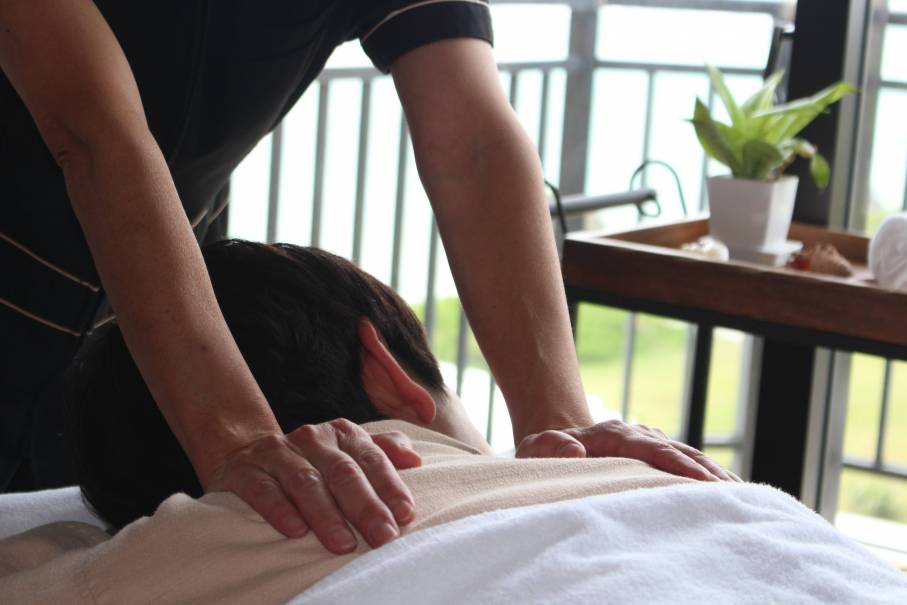How Reflexology Complements Other Therapies

Reflexology, an old recovery practice that dates back countless years, has obtained restored interest in the modern globe as individuals seek different approaches for enhancing their health and health. This alternative therapy is based on the concept that particular factors on the hands, ears, and feet represent various body organs and systems within the body. By applying 錦糸町 to these factors, specialists aim to advertise healing, eliminate tension, and recover equilibrium to the body.
The origins of reflexology can be traced back to ancient worlds, consisting of Egypt and China. In fact, a pictograph discovered in the burial place of an Egyptian medical professional, dating around 2330 BC, shows what shows up to be a reflexology therapy. Over the centuries, numerous cultures have established their very own kinds of stress point treatment, but it wasn’t until the early 20th century that reflexology as we understand it today began to form.
Dr. William Fitzgerald, an American ear, nose, and throat medical professional, is attributed with introducing “area therapy” to the Western world in the early 1900s. His work was later fine-tuned and broadened upon by Eunice Ingham, commonly referred to as the “mom of modern reflexology.” Ingham developed thorough maps of response factors on the feet and hands, which form the basis of contemporary reflexology methods.
The core idea in reflexology is that the body is interconnected, and that by promoting details reflex factors, one can influence the functioning of equivalent body organs and systems. The ideas of the toes are thought to correspond to the head, while the round of the foot is connected with the breast and lung location. By using pressure to these areas, reflexologists intend to clear power blockages, boost blood circulation, and promote the body’s natural healing procedures.
While scientific study on reflexology is ongoing, several individuals report experiencing a variety of benefits from regular sessions. These might include decreased anxiety and stress and anxiety, improved sleep high quality, boosted flow, and alleviation from different kinds of pain, including migraines and menstrual pain. Some individuals additionally locate reflexology handy in handling signs and symptoms connected with persistent problems such as fibromyalgia and joint inflammation.
A common reflexology session generally lasts between 30 minutes to an hour. The treatment itself involves applying differing levels of pressure to details points on the hands, ears, or feet, depending on the type of reflexology being exercised.
It’s crucial to note that while reflexology can be an important enhance to traditional treatment, it should not be deemed a replacement for expert clinical advice or treatment. Constantly speak with a doctor prior to starting any new health routine, especially if you have pre-existing medical problems or are expecting.
As rate of interest in all natural wellness methods proceeds to grow, reflexology is likely to preserve its appeal as a gentle, non-invasive technique to advertising general health. Whether you’re looking for stress relief, pain administration, or simply a method to loosen up and reenergize, exploring the old art of reflexology could simply be the step in the direction of far better health you’ve been seeking.
Over the centuries, numerous societies have created their very own types of stress point therapy, but it wasn’t until the very early 20th century that reflexology as we understand it today began to take form.
Ingham established detailed maps of response factors on the hands and feet, which form the basis of contemporary reflexology practices.
The core idea in reflexology is that the body is adjoined, and that by stimulating details reflex points, one can affect the performance of matching body organs and systems. The treatment itself involves applying varying degrees of pressure to certain factors on the ears, hands, or feet, depending on the type of reflexology being exercised.